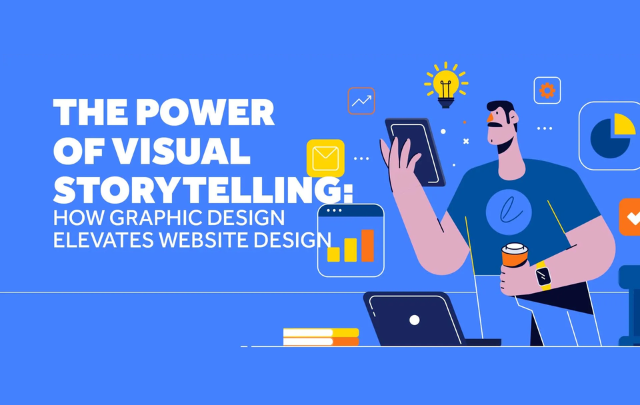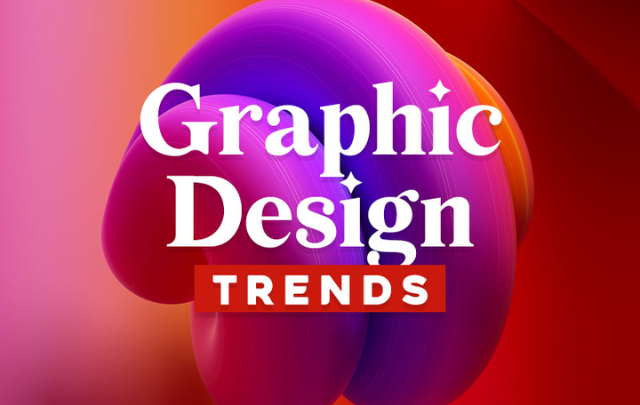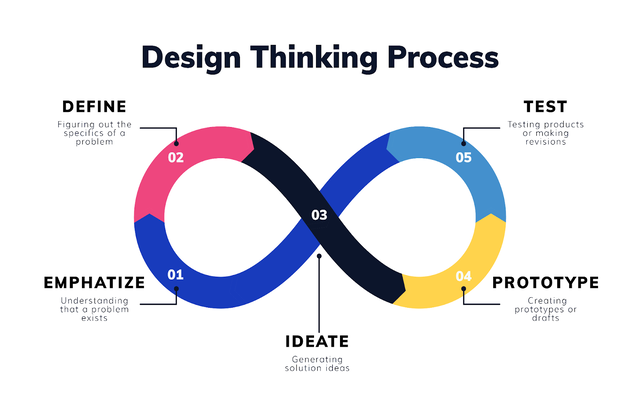The Power of Visual Storytelling in Graphic Design
In the world of graphic design, creating visuals that connect emotionally and intellectually with an audience is the ultimate goal. This connection is achieved through the art of visual storytelling—the ability to craft a narrative that resonates and communicates without relying solely on words. Whether you’re designing a logo, a website, or an advertisement, the story your design tells can leave a lasting impression. Here, we explore the power of visual storytelling and its significance in graphic design.
What is Visual Storytelling?
Visual storytelling involves using design elements—such as images, colors, typography, and layout—to convey a narrative or evoke a particular emotion. Unlike traditional storytelling, which relies on written or spoken words, visual storytelling communicates through aesthetics and symbolism. It’s about creating a seamless experience where every design element plays a role in telling the story.
Why is Visual Storytelling Important?
Humans are inherently drawn to stories. They help us make sense of the world, forge connections, and remember experiences. In graphic design, storytelling can:
Engage Audiences: A compelling visual narrative captures attention and keeps viewers interested.
Build Emotional Connections: Stories evoke emotions, making your designs memorable and impactful.
Simplify Complex Messages: Visual storytelling distills intricate concepts into digestible visuals.
Strengthen Brand Identity: A strong narrative aligns with a brand’s values and message, making it more relatable.
Examples of Effective Visual Storytelling
As a graphic designer, your portfolio should showcase projects that excel in storytelling. For instance:
Brand Identity Projects: Highlight how a logo or branding design communicates the essence of a business. For example, using earthy tones and organic shapes to convey sustainability for an eco-friendly brand.
Website Designs: Share designs where the user journey mimics a narrative flow, guiding visitors through a story that reflects the client’s mission.
Social Media Graphics: Demonstrate how individual posts or campaigns create a cohesive story, such as a product launch campaign that builds anticipation and excitement.
Key Elements of a Compelling Design Story
Creating a successful visual story involves several essential elements:
Composition: Arrange elements to lead the viewer’s eye naturally through the narrative.
Color Palette: Use colors to evoke emotions that align with the story’s mood.
Typography: Choose fonts that enhance the tone and readability of the story.
Imagery: Select visuals that are relevant and emotionally engaging.
Consistency: Ensure every element works cohesively to support the overall narrative.
Tips for Designers
Understand the Audience: The story should resonate with the target demographic. Research their preferences and values.
Collaborate with Clients: Gain a deep understanding of their vision and objectives.
Experiment and Iterate: Storytelling is an iterative process. Test different elements to refine the narrative.
Embrace Simplicity: A cluttered design can dilute the story. Aim for clarity and focus.
Conclusion
Visual storytelling is more than a technique; it’s a powerful tool that transforms graphic design into an experience. By mastering the art of storytelling, designers can create works that are not only aesthetically pleasing but also deeply impactful. As you build your portfolio, focus on designs that tell a story and leave a lasting impression. Remember, every design has the potential to speak volumes—make yours count.




